
Aled Williams and Myrddyn Phillips are keen hill surveyors and co-authors of summit lists, and frequently contribute to UKHillwalking on the subject. In recent times they have been responsible for a number of significant hill reclassifications, and here they explain their latest find. It's one that may be contentious.
Contains spoil(ers).
Hills come in all shapes and sizes, some high and dramatic with pointed peaks whilst others are lower in height and less defined in profile. However, these differences are not just down to the natural order of landscape where weathering and erosion create change over many millennia - humans have also had a say in things; we also change our landscape. This can include such things as cuttings for rail and road, which change connecting cols between hills, but even the summits of hills can be influenced by our intrusion.
For countless years we have dug for mineral wealth, this has been heightened since the industrial revolution with coal and slate being two such examples. These mining activities have had a dramatic effect on our landscape, especially so for many hills, and nowhere more so than in Wales.
Quarrying has created a wealth of new tops where none existed before. For Wales, there are many such examples, such as Bersham Bank and Pandy Bank close to Wrecsam (Wrexham), both created by waste spoil from mining activity. There are many examples in south Wales; Teisen Priodas and the three summits around Twyn y Waun being just a few. These examples come in two main categories; one where waste spoil creates a large lump of a hill, high enough and with sufficient drop to qualify for a list, and the other where quarrying has taken away a large chunk of hillside creating a new summit with what remains.
Some people view these new tops as artificial and therefore discount them from any form of list. We take a more sympathetic view for our lists and include hills such as these if they are considered solid and stable and meet the set criteria. This at least treats landscape as it is today, otherwise one would be prone to ignore things that undeniably exist, such as cuttings and quarried tops.
The above explanation sets up the contentious aspect of the new 2,000ft peak that has been discovered. The hill has been formed from quarrying and is positioned above Blaenau Ffestiniog in north-west Wales. This area of Wales has been mined extensively for slate and the newly discovered hill is part of the Chwarel Graig Ddu quarry.
We had been aware of this hill's potential for the last two years as online mapping with 5m contouring shows it to have a summit over 610m in height and a drop exceeding 15m. What was needed was a visit to the adjacent hillsides to confirm its existence.
This inspection was carried out in early 2022 and confirmed the existence of the Chwarel Graig Ddu top. Based on online mapping, this top meets the requirement of our Welsh Highlands list, which combines a minimum height of 500m with a minimum drop of 15m and has been extensively written about on the Mapping Mountains site. Here are the details of the top:
Chwarel Graig Ddu
- Summit: 613m (SH 725 455)
- Bwlch: 592m (SH 724 457)
- Drop: 21m
And for those who like their Welsh mountain tops to be at and above 2,000ft (609.6m) in height with 15m minimum drop, this hill also qualifies under these criteria. In fact, Chwarel Graig Ddu could well be the last of the Welsh 2,000fters to be discovered.

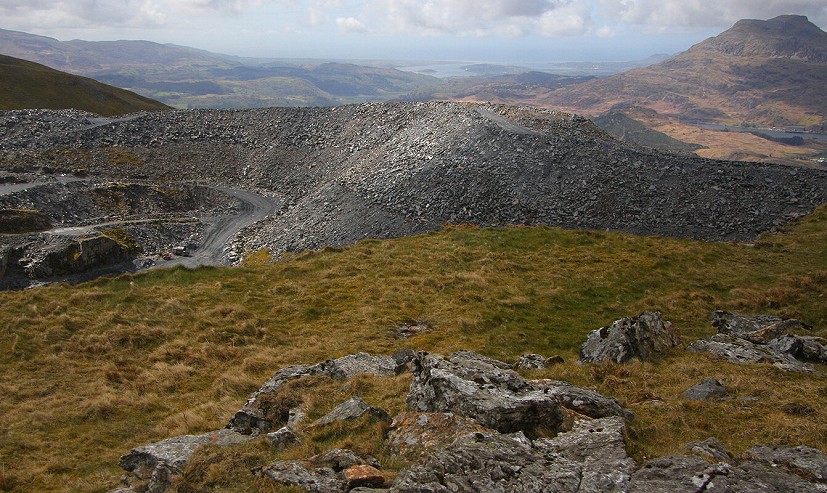
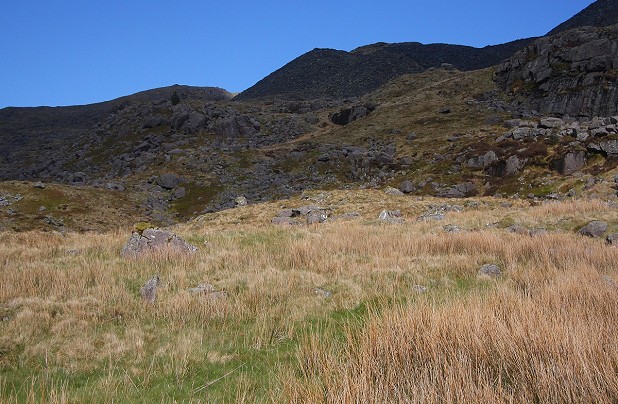





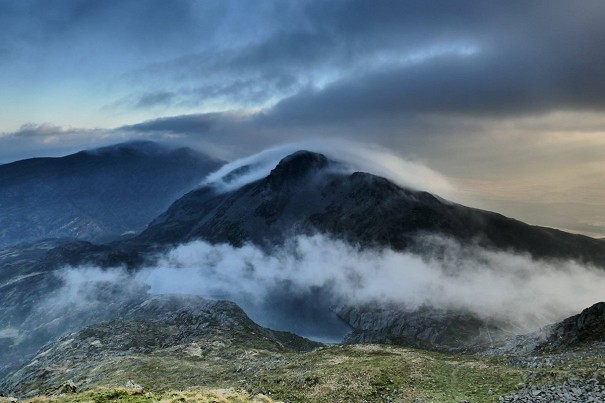
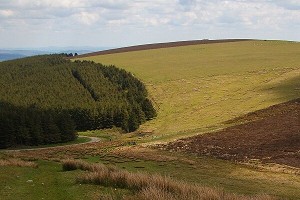
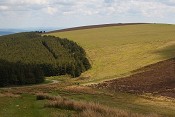


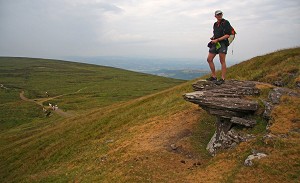
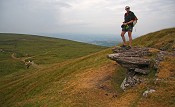
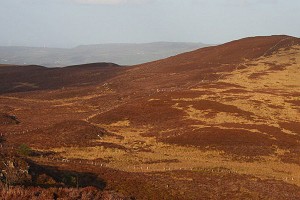
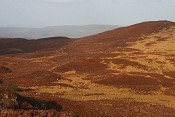
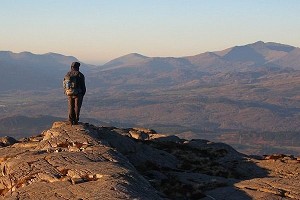



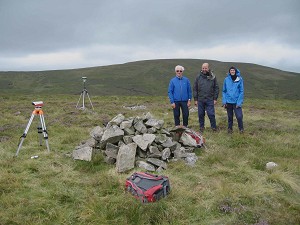

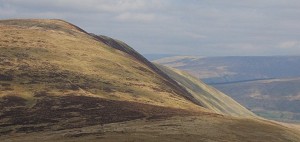

Comments